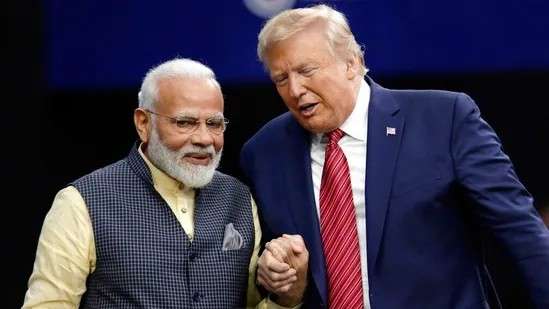In a strategic shift aimed at stabilising strained bilateral trade ties, India has significantly expanded its energy imports from the United States, marking a calibrated attempt to offset recent tariff pressures and restore momentum in broader economic negotiations. The government has finalised a major multi-year agreement to import approximately 2.2 million tonnes per annum of liquefied petroleum gas (LPG) from the U.S., accounting for nearly a tenth of India’s annual LPG import basket. This marks one of India’s largest energy procurement deals with Washington to date.
The move comes against the backdrop of heightened trade friction following steep U.S. tariff hikes on several Indian export categories, a policy shift largely attributed to India’s growing energy engagement with Russia. By diversifying its energy sourcing strategy and tilting a portion of its demand toward the U.S. market, New Delhi is signalling readiness to recalibrate economic alignment without compromising strategic autonomy.
Analysts note that the decision carries both diplomatic and economic weight. While U.S. LPG may not give India the most competitive pricing compared to traditional Gulf suppliers, the strategic value lies in rebuilding goodwill and unlocking stalled trade discussions. The initiative is also consistent with India’s broader aim of enhancing supply-chain resilience and reducing over-dependence on a single geography.
Whether this renewed energy partnership leads to tangible tariff relief remains to be seen, but officials on both sides have described recent discussions as “constructive,” suggesting that energy diplomacy may once again play a pivotal role in mending bilateral trade ties.

